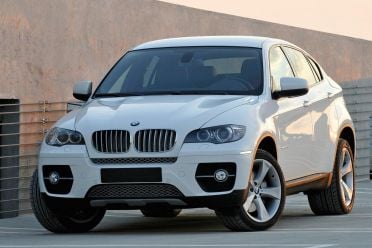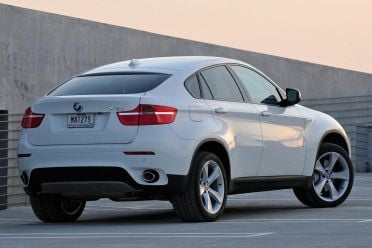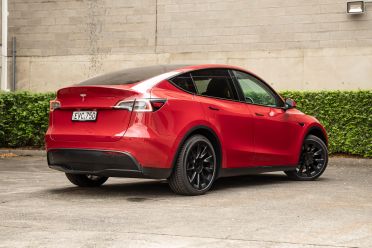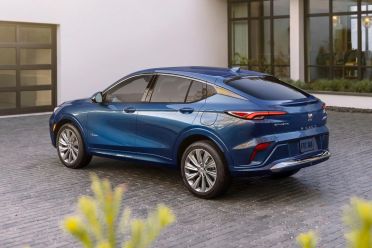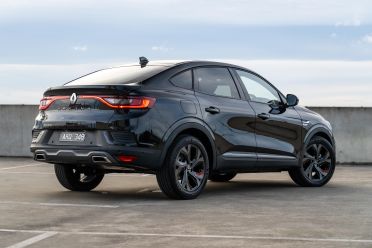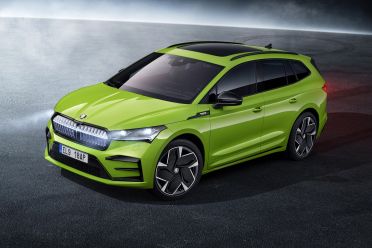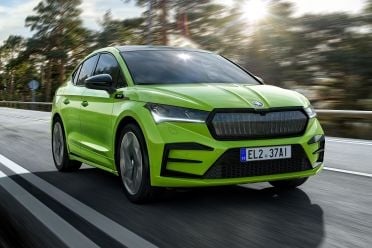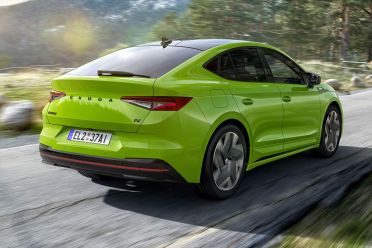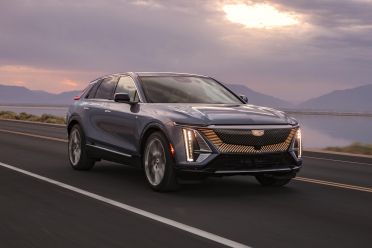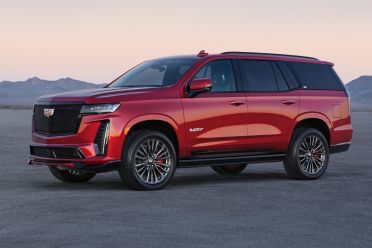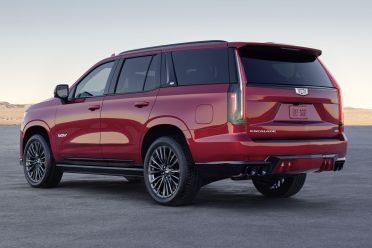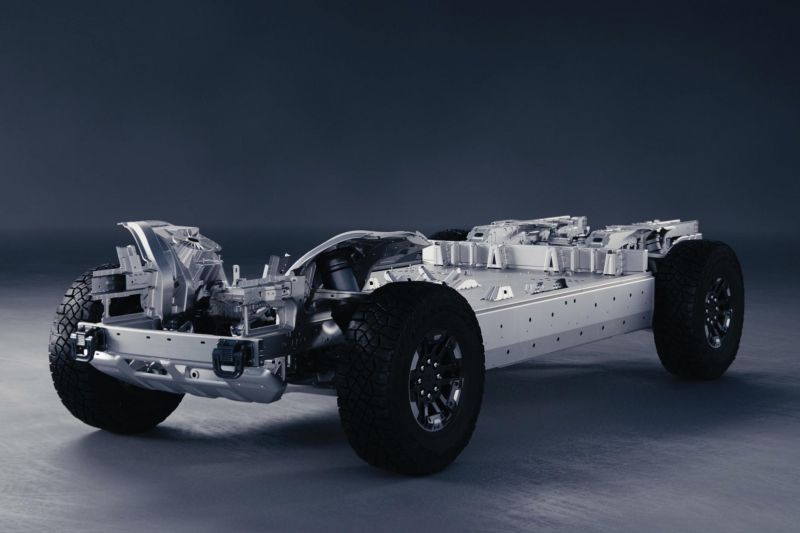Hulking SUVs are a dying breed.
Coupe-crossovers are the future, as big boxy back ends are binned in the pursuit of better aerodynamics and improved efficiency.
The man making the call is Mike Simcoe, the transplanted Australian who shot to fame with the VE Holden Commodore and now heads the whole world of design at General Motors.
“We are all chasing more efficient vehicles. Not everyone wants them (SUVs) to look like boxes,” Simcoe told CarExpert.
“The style of things is changing. There is a reason why designers want low, curvy designs with the wheels pushed out to the corners.
“If you look ahead, you will see more and more vehicles that have lower heights. They are called crossovers. In effect, they are becoming a substitute for sedans.”
The BMW X6, back in 2009, was the coupe-crossover pioneer when the German brand put a sloping tail on the back of the boxy X5 to retain older buyers who were looking for something new in BMW showrooms.
Many other brands have surged into the SUV coupe space, creating crossovers in the process, with the Buick Envista, Tesla Model Y, and Nissan Ariya among the latest designs.
“The profile you see on a Tesla Y, for example, is all about aero efficiency. It does affect the notion around having a big box on the back of a vehicle,” said Simcoe.
“There used to be a measure here (in the USA) to get a big TV box in the back, but that doesn’t play any more. You research customers to see if they will trade off fundamentals, like storage space, for range. That’s the sort of questions being asked now.”
Simcoe said the move to crossovers began with combustion-engined SUVs but will accelerate rapidly with electric vehicles.
“The style of things is changing, but it’s not just changing because of electrification. It’s been happening in internal-combustion vehicles. But I don’t think it’s had its full effect yet.
“The style of things is changing. We’re seeing cars looking softer, with more aerodynamic shapes. When you’re chasing battery life and range, the efficiency is very important. Aero is a very big deal. Way more than it is in ICE (internal combustion engine) vehicles.
“Think about 40-60 per cent of the efficiency of the vehicle is driven by aerodynamics. You don’t have to be doing 100km/h to get the benefit. Any drag has an effect at relatively low speeds.”
Simcoe told CarExpert the GM design studio in Detroit has never been busier, with a recent extension to provide more modelling and prototype development space.
“It’s monstrous. It is a bigger footprint, with more milling and modelling capacity. Mostly it’s about space and a more pleasant environment to work in.
“We’ve never been busier. In some cases you’re doing double the amount of work. You’r doing brand-new vehicles as you start to fill out the brands with EVs. Cadillac, for example, is on its way to quickly becoming a full electric brand.
“It’s good, because the move from ICE to EV is obviously driving a lot more work into the studios. You’re moving architectures and vehicles and brands across.
“That’s happening all over the world. And it’s happening at pace in China. The stuff happening there is a big juggernaut.”
Many of the future models being developed are part of the electric push at GM, and Simcoe said the basic platform of an EV – often with a battery ’skateboard’ and a body on top – was opening new opportunities.
“For a designer, there is more choice. It’s no easier, but there is more chance to do something different,” he said.
“You’re not bound by having a motor at the front. Ninety-nine per cent of the batteries are under the floor and between the seats. What EV packaging does is typically to allow you to re-arrange things on top of the skateboard.
“So, what you do see is a more efficient interior overall. For the same segment vehicles you can potentially get more space in a battery-electric vehicle.
“If you want to maximise space you can do it more efficiently on the same footprint with a BEV. Batteries have done great things for designers because it has forced the wheels to the corners, and given bigger wheels to carry the extra weight.”
Simcoe is enthusiastic about the move to crossovers, but also emphasised the importance of good design.
“Doing something deliberately odd, just to be different, is asinine. Difference for difference sake is only valuable if it’s well done and brings value.
“You want people to see that this is a new-energy vehicle, but you don’t want to shout it in the same way as some of the early hybrids did.
“Customers want to have something they can park in front of their house and feel proud. No-one wants to have something that people point their fingers at and laugh.”
Asked to pick on GM vehicle that highlights the new design direction, and makes him proud, Simcoe has no hesitation.
“I’m pretty proud of the Celestiq. It’s a marker for what Cadillac believes in itself.
“It’s an electric vehicle, it has non-traditional proportions, and in my opinion is a beautifully designed vehicle.
“It’s a nice amalgam of traditional proportions, but also efficiency and graphics. It’s a Cadillac front end done in a new way – and in a way to hide all the sensors and technology we now have to put on the front of a car.”
Still, and despite the shift from SUVs to coupe-crossovers, Simcoe cannot resist the temptation to highlight one design trend that tracks back to his days with the Commodore at Holden Design in Fishermans Bend.
“Sedans are still around, and watch this space,” Simcoe told CarExpert.
“Sedans are coming back, big time. People still like sedans and, more than ever, they see them as more premium and more sporty.”

